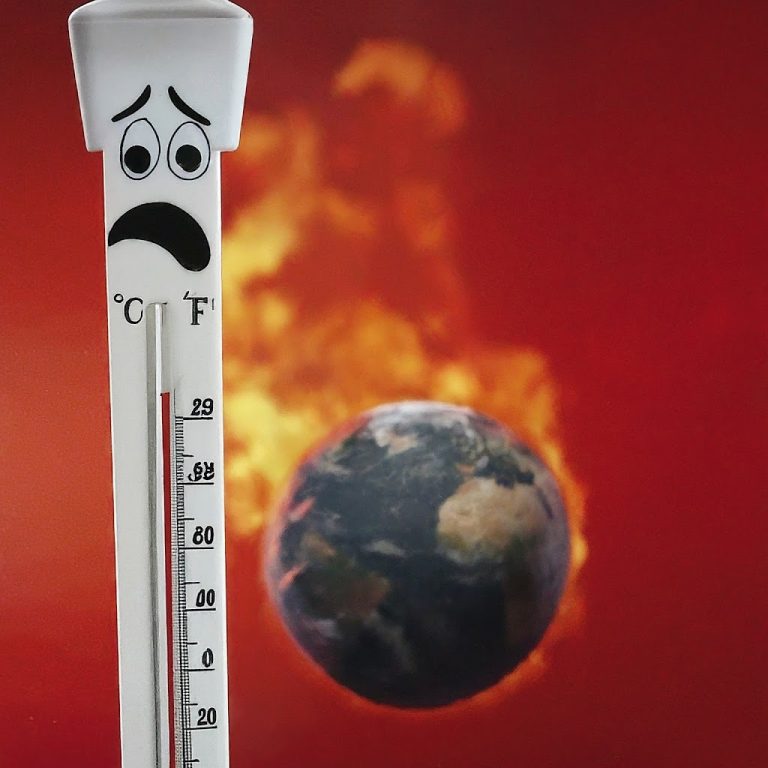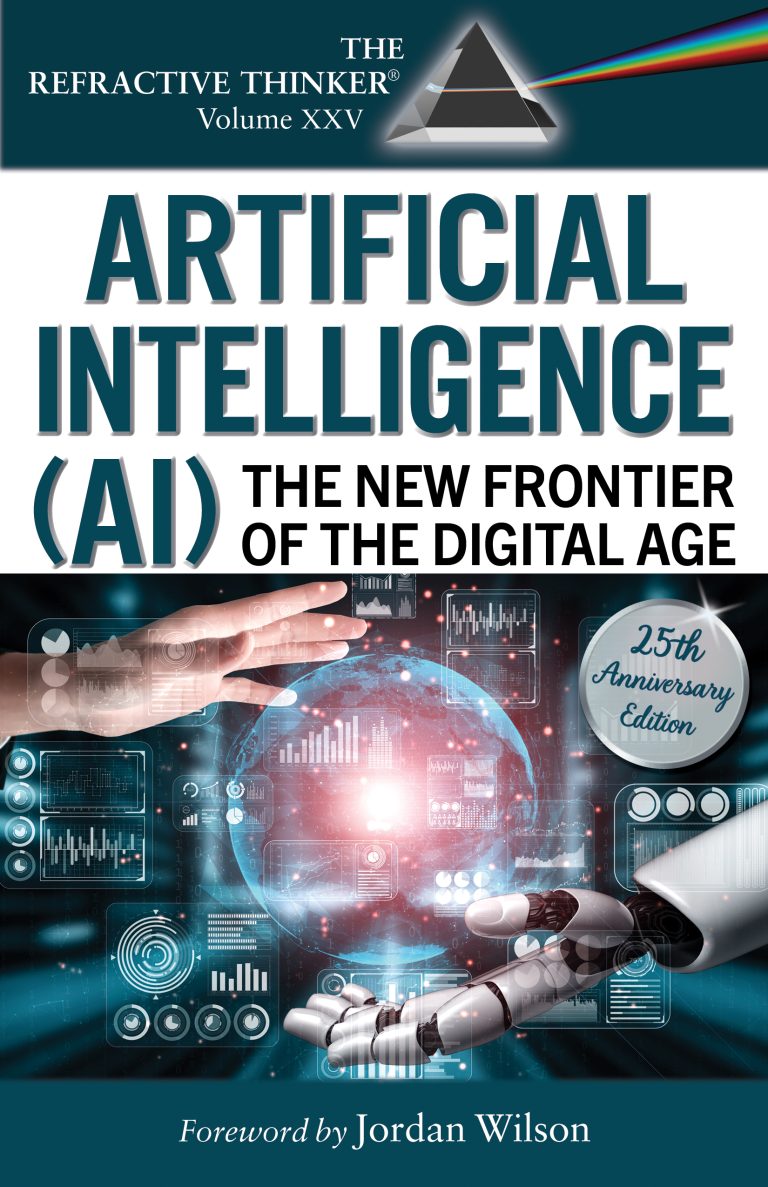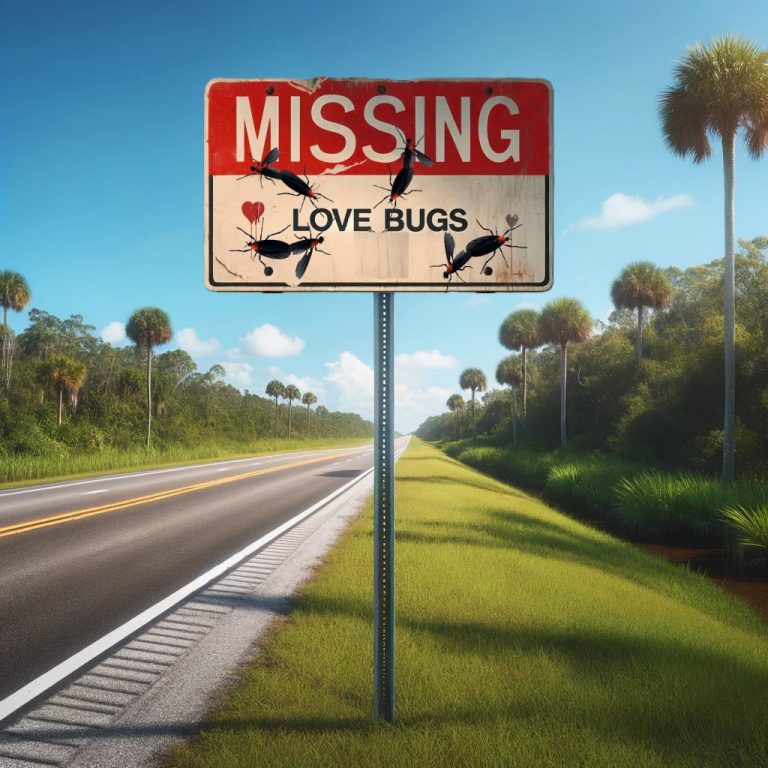Global Weirding for a Hot n Heating Planet
Global Weirding for a Hot n Heating Planet Q: Write an article that addresses these questions/topics… What do you call it when the hottest day recorded in centuries is exceeded by… the hottest day. When many months each year meet or exceed the hottest month in human history? When was a month of lower than “average” temperatures, and what do you call it when the extremes, planet-wide, are only on the hot side? Gemini…




